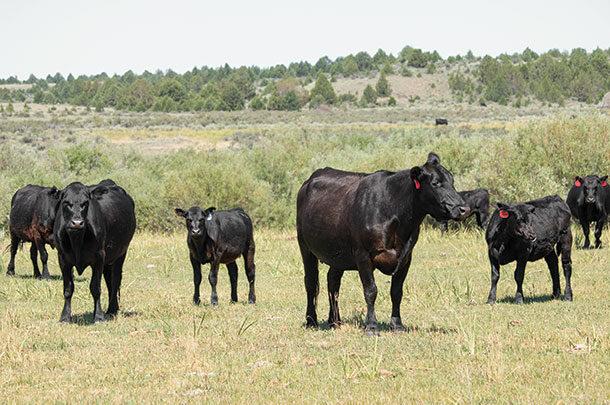Producers are 43% more likely to need to treat bovine respiratory disease (BRD) in feedlot calves exposed to a BVD-PI animal, a study found.
Reducing exposure to BVDV is an important place to start in the battle against BRD:
Step 1: Vaccinate the cow herd before breeding
Only 28% of operations report vaccinating cows for BVDV. Yet a nonvaccinated cow herd is like an uninsured driver out on the road. No contact, and you likely won’t have any issues. But any contact, and you could have a costly disaster.
-
Modified-live virus (MLV) vaccination program: BVDV is most commonly spread by a PI animal acting as a carrier for the virus, so using MLV vaccines that offer protection against BVD-PI calves is the most effective way to protect the cow and unborn calf. Look for a specific statement on the vaccine label stating the vaccine prevents calves from being persistently infected with BVD Types 1 and 2 viruses.
- Alternative vaccination program: If you can’t implement or maintain a pregnant cow MLV vaccination program, Auburn University research demonstrates there’s an effective alternative. Heifers can be given two prebreeding doses of an MLV reproductive vaccine. This can be followed by either annual revaccination with the same MLV vaccine, or a combination inactivated BVD vaccine containing a temperature-sensitive infectious bovine rhinotracheitis (IBR) component. The study demonstrated effective protection against BVD or IBR exposure with both cow herd vaccination program options.
Step 2: Test and remove PI calves
While producers are generally aware of BVDV, a study shared only 4.2% of operations reported testing calves for persistent infection with the virus. However, 70% to 90% of BVD infections are subclinical – so most PI calves appear normal – but these animals continually shed the virus and pose a constant risk of exposure to nonprotected cattle.
- Test all calves before bull turnout and any incoming cattle, including heifers, cows, bulls and calves born from purchased pregnant cows or heifers. Dams of any positive calves also need to be tested.
Step 3: Protect young calves from BVDV
Protecting the unborn calf with a cow herd vaccination program is step one. Another important step is implementing an effective young calf respiratory program which protects against bovine respiratory syncytial virus (BRSV), IBR, parainfluenza 3 (PI3), BVD Types 1 and 2 viruses and Mannheimia haemolytica. BRD has many causes and complexities, but BVDV Types 1 and 2 are two of the major viral causes of BRD. BVDV also suppresses the immune system, which can lead to secondary infections from BRD pathogens.
- BRSV vaccination at birth with an intranasal vaccination followed by a booster vaccination at branding may have some disease-sparing effects during summer exposure to BRSV, according to a study in Montana.
These steps to help control BVDV in the cow-calf operation can reduce the potential of a BVD-PI animal, improve overall cattle health in your herd and help reduce the risk for BRD in the calves you sell.
For more information on controlling BVDV in your cow-calf operation, work with your herd veterinarian. ![]()
PHOTO: Preventing BVDV begins when producers test for persistently infected calves shedding the virus. Photo by Lynn Jaynes.
References omitted but are available upon request. Click here to email an editor.
Prior to joining Zoetis, Dr. Trejo completed a master’s in beef production medicine and 14 years in bovine practice. His focus during this time included cow-calf, stocker and feedlot medicine. He resides in northwestern Florida with his wife, Laura, and five children.

-
Che Trejo
- Veterinarian
- Zoetis Technical Services
- Email Che Trejo








